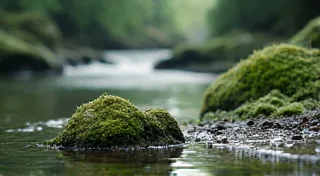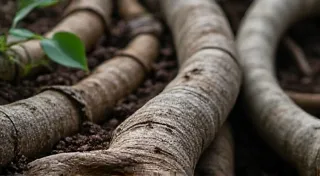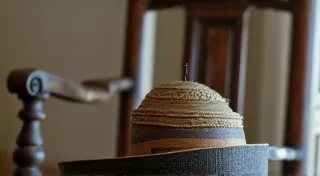The Silent Librarian: Preserving Dialect Through Oral History
The air in the archives is always the same: cool, dry, and thick with the scent of aging paper. It’s a silence punctuated only by the soft rustle of documents and the hum of the HVAC system – a silence that, ironically, holds within it the echoes of countless voices. For those of us dedicated to preserving Appalachian dialects, this silence isn’t just a physical reality; it represents a growing linguistic loss, a fading memory of a way of speaking unique to the mountains and valleys.
Appalachian dialects, often referred to as “mountain dialect” or simply “hillbilly talk” (a term we actively reject due to its derogatory connotations), are a living testament to centuries of isolation, migration, and cultural exchange. They are a fascinating blend of Scots-Irish, English, German, and Native American influences, shaped by the rugged terrain and the resourcefulness of the people who call the region home. Words like "reckon," "holler," "afeared," and phrases like "fixin' to" are instantly recognizable, yet these are just the tip of a vast iceberg of linguistic richness, much of which is disappearing with each passing generation.
I’m reminded of my grandmother, Elara. She was a woman of few words, but those words, when she spoke them, carried the weight of history. She grew up in a small, isolated community in eastern Kentucky, where the rhythms of life were dictated by the seasons and the land. She spoke a dialect so distinct, so interwoven with the landscape, that understanding her fully required more than just fluency in English; it demanded a cultural understanding, a shared heritage. She’s gone now, and with her, a layer of that dialect faded a little more.
The rapid assimilation into mainstream American English is the primary culprit. As younger generations move away for education and employment, they naturally adopt the linguistic norms of their new surroundings. While this isn't inherently negative – linguistic change is a natural process – the speed and scale of the change within Appalachia is causing a significant loss of unique vocabulary and grammatical structures. The rise of mass media and standardized education has also played a role, subtly but consistently pushing towards a homogenization of language.
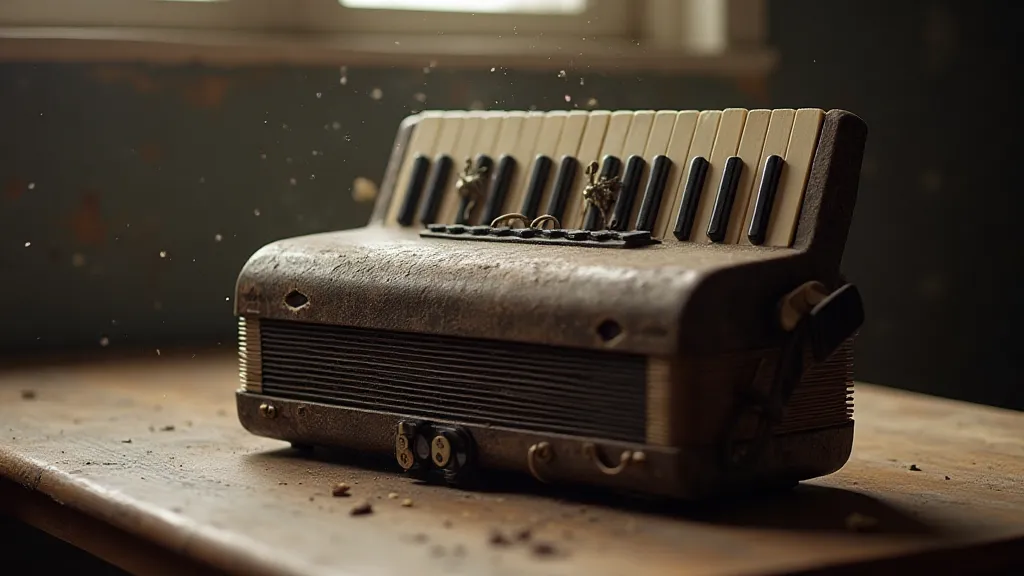
That’s where oral history projects come in. They are, in essence, the silent librarians of Appalachia, meticulously collecting and preserving the voices of those who still carry the dialect's flame. These projects aren’t just about recording words; they’re about capturing the context, the cadence, the feeling behind those words. It's about documenting not just *what* was said, but *how* it was said, and *why* it was said that way.
The methodology is straightforward, yet deeply impactful. Trained interviewers conduct conversations with community members, often focusing on topics like family history, traditional crafts, folk tales, and daily life. These interviews are then transcribed, archived, and often made accessible to researchers, educators, and the community itself. But it’s more than just transcription; it's the careful analysis of the language used, noting nuances and peculiarities that might otherwise be overlooked.
Consider, for example, the word “poke.” In much of the country, it means a small bag. In Appalachia, it can mean a bag, a sack, a container, a pocket, or even a gentle nudge. The meaning is entirely dependent on context, and understanding that context requires an intimate knowledge of the culture. An oral history interview might reveal not just the definition of “poke,” but a story about how a grandmother used a “poke” to carry berries or a child’s toy, adding layers of meaning and emotional resonance.
The craft involved in these interviews isn’s just linguistic; it reflects a respect for the interviewee and a commitment to authenticity. Just as a skilled instrument restorer painstakingly repairs a damaged violin, preserving the integrity of its sound, an oral historian must treat each voice with the same level of care and attention. It requires active listening, empathy, and a willingness to suspend judgment, recognizing that every dialect is a valid and valuable form of expression.
The technology used in oral history projects has evolved considerably. Early recordings were often made on bulky reel-to-reel tapes, now fragile and deteriorating. Today, digital recorders offer superior audio quality and ease of storage. However, the core principle remains the same: to capture the unvarnished truth, to give voice to those who might otherwise be unheard.
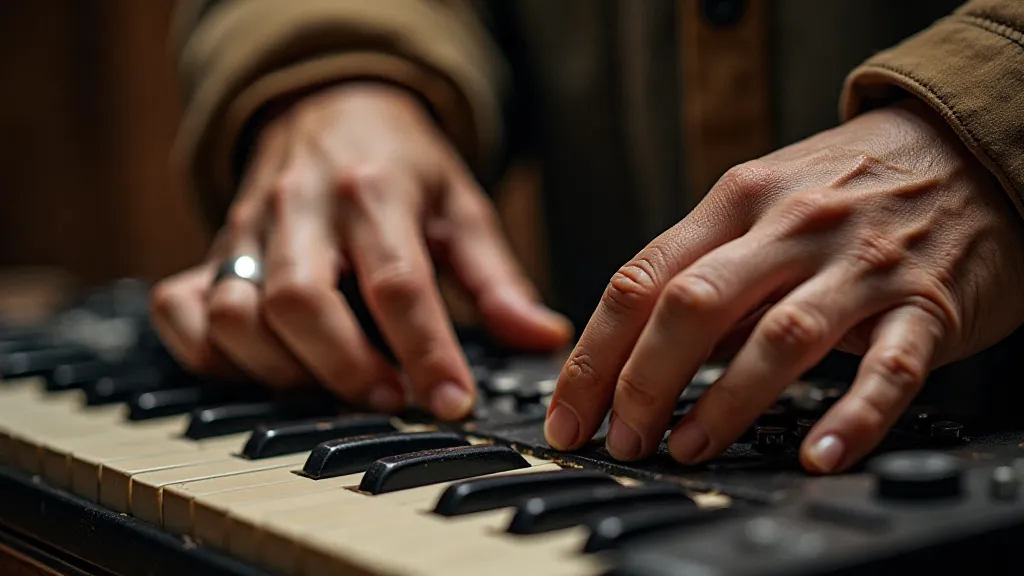
The significance of these projects extends beyond the preservation of language. They are also powerful tools for cultural revitalization, fostering a sense of pride and belonging within Appalachian communities. Hearing their own voices preserved and celebrated can inspire younger generations to reconnect with their heritage and to value the unique linguistic and cultural traditions that define their identity. Moreover, these archives provide invaluable resources for researchers studying Appalachian history, folklore, and linguistics.
Think about the craftsmanship inherent in both the dialects themselves and the instruments often associated with them – the accordions, the banjos, the dulcimers. These instruments are often handcrafted, representing a tradition of artistry and ingenuity that mirrors the resourcefulness and resilience of the Appalachian people. The intricate details of an accordion's bellows, the careful carving of a banjo's neck – these are all testaments to a culture that values skill and dedication. Just as an accordion needs careful maintenance and restoration to retain its beauty and functionality, so too does a dialect require active preservation to thrive.
Collecting antique accordions, for instance, isn’t just about acquiring a beautiful object; it’s about preserving a piece of history, a tangible link to a bygone era. Similarly, supporting oral history projects isn’t just about documenting language; it’s about safeguarding a cultural legacy, ensuring that the voices of Appalachia continue to resonate for generations to come. The condition of a vintage accordion often reflects its history – the wear and tear, the repairs, the stories it has witnessed. The same is true of a dialect; its imperfections and variations are what make it unique and beautiful.
The challenge is ongoing. New generations are born, and the forces of assimilation continue to exert their influence. But the silent librarians of Appalachia – the oral historians, the archivists, the community members – remain steadfast in their commitment to preserving the voices of the mountains, ensuring that the echoes of a unique and vibrant culture continue to be heard.
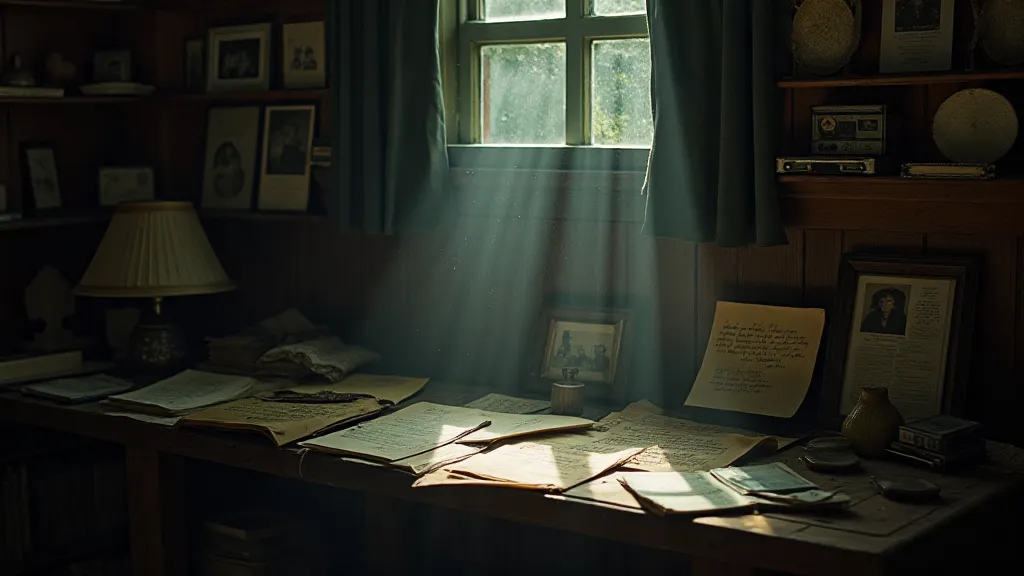
The future of Appalachian dialects rests not just in the hands of linguists and historians, but in the hearts and voices of the people who call this region home. It's a future where language and culture are celebrated, where tradition is valued, and where the echoes of the mountains continue to inspire and enrich the world.
